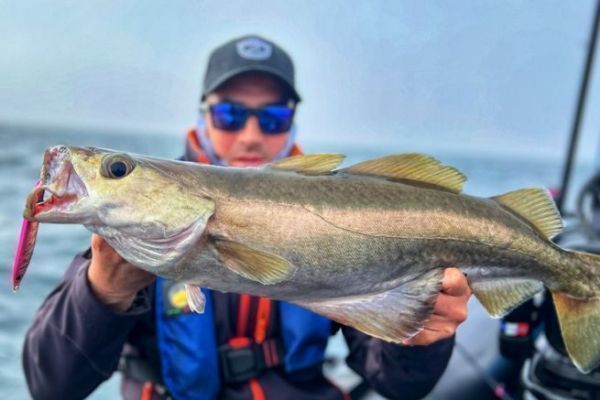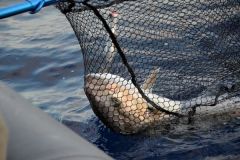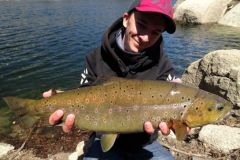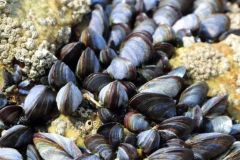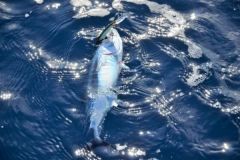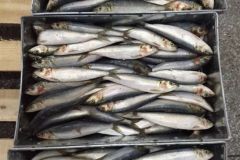What you need
Let me reassure you right away: you don't need to be a renowned photographer to get a nice shot of a fish. Today, most smartphones can do it. All my photos are taken with a smartphone.
You can, of course, use an SLR camera. However, its use is perhaps more complicated, requiring a certain mastery of the art of photography. What's more, it's not as easy to set up as a smartphone, which slips easily into a pocket.
Useful accessories such as a tripod and remote control let you take photos all by yourself.
Take care of your fish
Taking a photo of a fish can take a little time to set up the logistics. During this time, don't leave the fish out to dry; that goes without saying. On boats, the use of a livewell is common.
Personally, I place the fish in the latter and take them out at the last moment to take a photo before releasing them. From the shore, I place the fish in a pond while I set up the tripod and take the remote release.
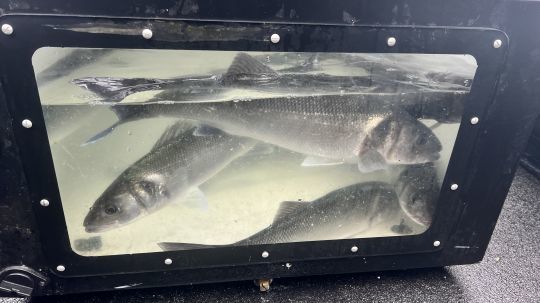
Of course, especially if you plan to share your photos on the Internet, avoid photographing dead fish or fish with blood on them. You risk incurring the wrath of some fishermen.
Reach out... but not too far
The pursuit of trophy fish leads some anglers to over-stretch their arms to make the fish look bigger than it is.
Avoid this, as it makes for poorly proportioned photos that are often mocked. Put the fish in the foreground, slightly offset from the angler's body. Look for depth rather than blur in portrait mode.
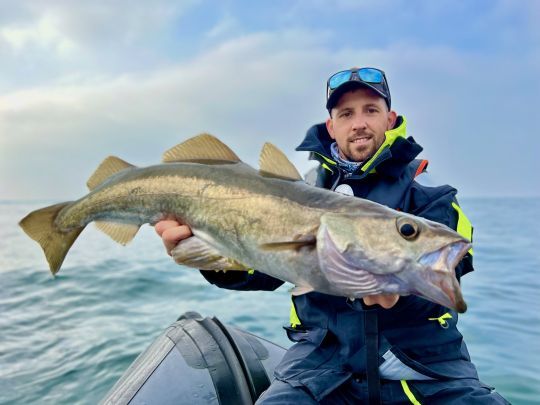
Portrait and landscape shots
There are two main choices for shooting: portrait or landscape.
When I opt for the portrait format, I prefer to hold the fish vertically, stretched out towards the lens. In this way, the fish is emphasized without taking into account the surrounding environment.
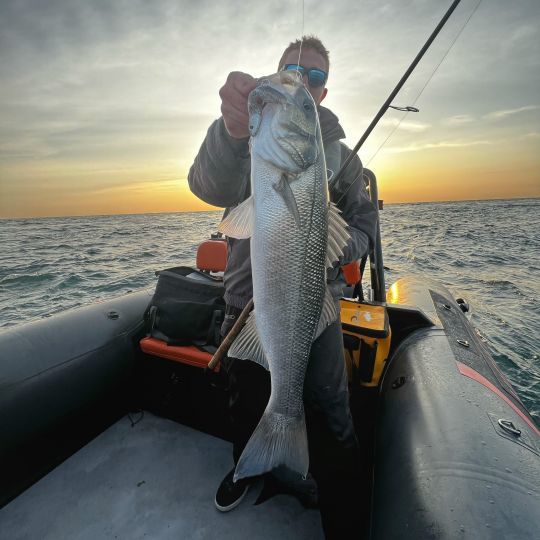
The landscape version offers even more possibilities. Depending on the focus selected, you can focus on the fish and the angler, or on the angler, fish and landscape as a whole.
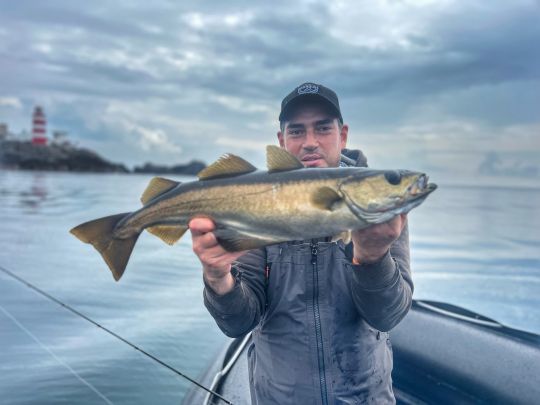
The case of bluefin tuna or large fish
Some fish, such as bluefin tuna, cannot be brought on board for photography. Given the size and weight of the fish, it is unthinkable to handle such a fish in the right conditions for on-board photography. You simply risk killing it.
To take good photos, I hold the fish along the edge with a pair of pliers. Firstly, this allows the fish to oxygenate after an intense fight, and we anglers then have time to position ourselves ideally for the shot.

Vary the shots
Fishing isn't just about the fish. Above all, it's about sharing a common passion with friends. I like to immortalize moments of conviviality on board, which illustrate the atmosphere on outings or the magnificent landscapes we come across off the coast.
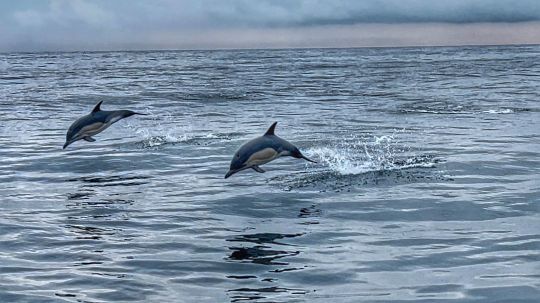
When you're taking photos, especially if they're going to be published on social networks, be careful about the background. It would be a shame to inadvertently reveal your best secret spot because of a detail visible in the background.
